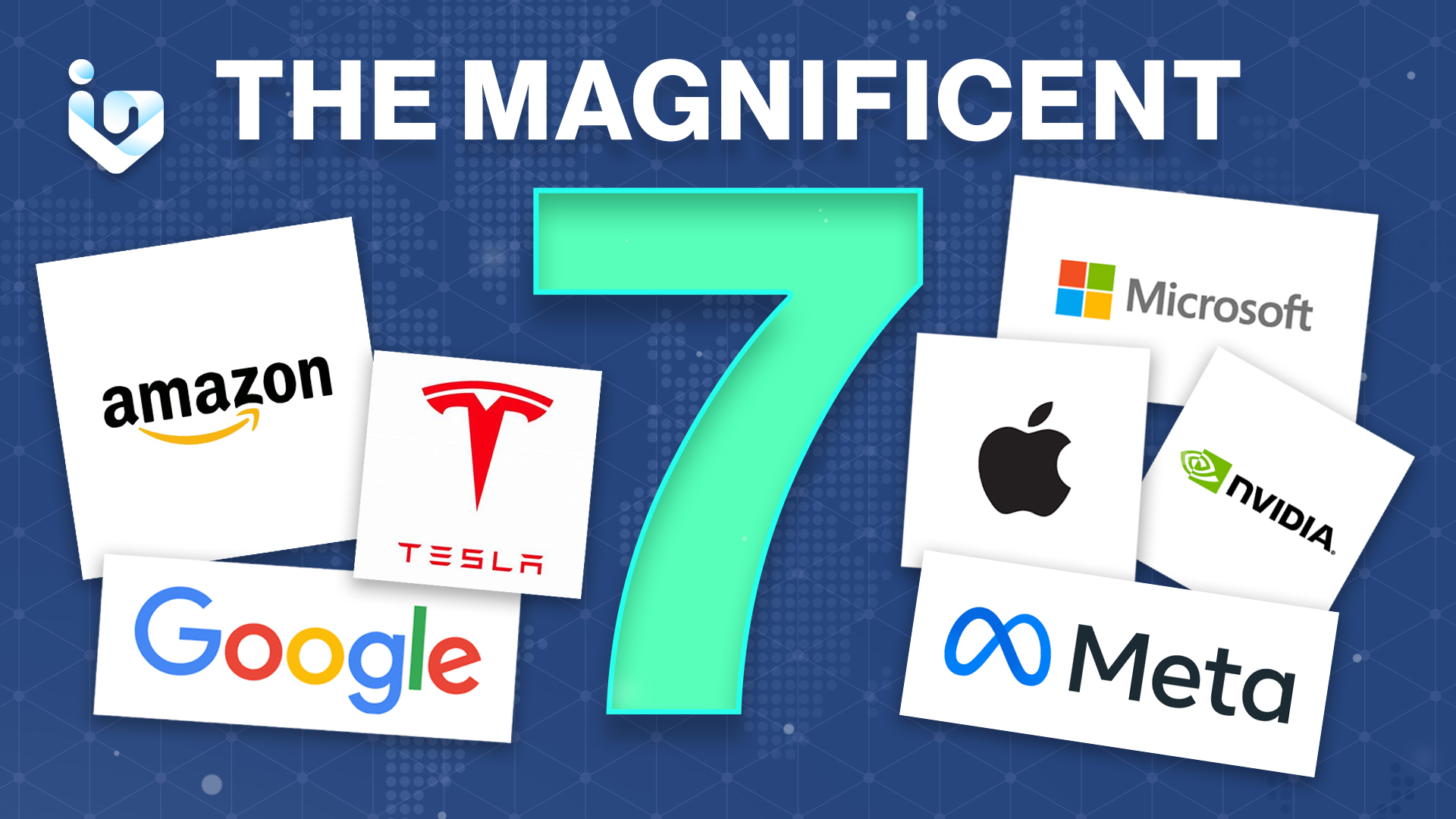The “Magnificent 7” refers to a select group of high-performing tech giants that have reshaped the investment landscape. These companies are leaders in technological innovation, market dominance, and global reach. Let’s dive into each of them:
1. Apple (AAPL)
Overview: Apple needs no introduction. It revolutionized consumer electronics with iconic products like the iPhone, iPad, and Mac. Its ecosystem includes services like Apple Music and the App Store.
Innovation: Apple continues to push boundaries, investing in augmented reality (AR), wearables, and health tech.
2. Microsoft (MSFT)
Overview: Microsoft dominates the software industry. Its Windows operating system, Azure cloud services, and Office suite are ubiquitous.
AI and Innovation: Microsoft is a leader in AI research and development, including its collaboration with OpenAI.
Recent Move: Microsoft integrated ChatGPT (created by OpenAI) into its Bing search engine.
3. Alphabet (GOOG and GOOGL)
Overview: Alphabet (formerly Google) is synonymous with search. It also owns YouTube, Android, and cloud services.
AI and Data: Google’s AI capabilities drive its products, from search algorithms to self-driving cars.
Market Dominance: Google’s advertising business remains a cash cow.
4. Amazon (AMZN)
Overview: Amazon started as an online bookstore but evolved into a global e-commerce giant.
Cloud Services: Amazon Web Services (AWS) revolutionized cloud computing.
Entertainment: Amazon Prime Video and Twitch contribute to its ecosystem.
Returns: Impressive gains for long-term investors.
5. NVIDIA (NVDA)
Overview: NVIDIA specializes in graphics processing units (GPUs) and AI hardware.
AI Leadership: GPUs power AI training and inference.
Gaming: NVIDIA’s gaming GPUs are sought after.
6. Tesla (TSLA)
Overview: Tesla disrupted the automotive industry with electric vehicles (EVs).
Tech-Driven: Tesla’s Autopilot and Full Self-Driving features rely on AI.
Energy: Tesla’s solar and energy storage solutions are innovative.
7. Meta Platforms (META)
Overview: Formerly Facebook, Meta is a social media giant.
Metaverse Vision: Meta aims to build the metaverse – a virtual shared space.
AI and VR: Meta invests in AI, virtual reality (VR), and AR.
Conclusion
The Magnificent 7 stocks are at the forefront of technological progress. As an investor, understanding their impact and growth potential is crucial. Whether you’re a seasoned trader or a beginner, keep an eye on these remarkable companies shaping our digital future.
